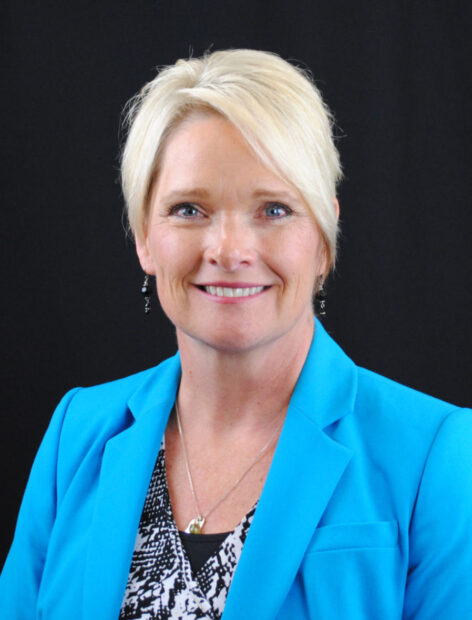In March 2015, Gov. Butch Otter signed into law H110, launching the state’s initial foray into a new and transformative mastery-based system of K-12 education. In just over two years, we’ve begun a process of changing the classroom paradigm and enabling all students, through individualized learning, to truly master the skills and concepts they need to succeed in school and life.

Idaho’s transition to a mastery-based K-12 education system began when both legislative chambers and Otter approved H110 in March 2015. Since then, we’ve made exciting and substantial progress.
While many of us grew up progressing through school simply based on “seat time,” students in mastery classrooms advance as soon as they demonstrate mastery of concepts and skills. Curricula and lessons can be personalized to each student’s learning style. Essentially, mastery education meets students where they are, allowing students to learn in ways and at a pace that is suited to their particular needs. It allows for more personalized, differentiated learning, promoting greater student engagement and ownership over their own education. Mastery also supports struggling students before they advance, thereby preventing them from falling further behind.
Thirty-two incubator schools in our 19 original districts have been working diligently to bring mastery education to their classrooms. In keeping with the mastery model, each school and/or district is creating a mastery program that is tailored to their own distinct and unique needs. The Idaho Mastery Education Network (IMEN), which all incubator schools participate in, shares everything from lesson plans to best practices while also engaging in professional development meetings where the network as a whole supports and engages Idaho’s work in this area.
During the past two and-a-half years, we have been working with dozens of pioneering teachers in the planning and design phase for Idaho’s mastery education initiatives. During this time, we’ve learned a lot. There are cultural shifts that need to take place, for example, in helping students take more ownership of learning; shifts like these take long-term collaborative efforts by teachers, students, administrators, and families alike. And our actual experiences proved unexpected and challenging in the best ways possible. In the West Ada School District, for example, the first year of implementation at three schools has shown positive change. Early indicators show increased student engagement, “possibly due to the focus on increased flexibility and mentoring relationships within the new school structure,” as reported by the district itself. Motivation and agency also increased, as did a feeling of institutional support. There are still challenges to work through, but West Ada leaders are invested in and committed to Mastery. They understand that this work takes time; one of the benefits of Idaho’s larger mastery plan is to allow individual schools and districts to create a Mastery system and curricula that work best for their unique needs and student populations.
This 2017-18 academic year takes us more fully into the implementation phase. I’m excited about what our dedicated administrators, teachers, legislators, stakeholders, parents and students will continue to create. Idaho sometimes faces discouraging news and statistics regarding its educational progress. When it comes to mastery education, however, I’m proud to say that Idaho is a true leader. Our work is being looked at by many other states as a model for how mastery education can be introduced and established with flexibility, transparency and collaboration.
Written by Kelly Brady, the director of mastery education for the State Department of Education.
